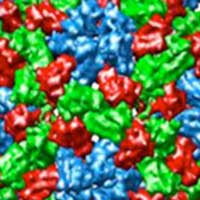
In nature, viruses use nanocages to protect their genome. Some of these viruses can be disassembled into protein units to remove their genome. These protein units can then be reassembled into nanocages by other templates, the so-called virus-like particles.
